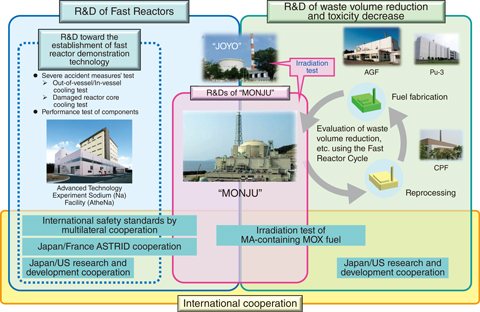
Fig.7-1 Overview of research and development of fast reactor cycle technology
Fast reactor cycle technology is essential for the establishment of a nuclear-fuel cycle appropriate to our nation’s energy security and efforts to combat global warming, and “the 4th Strategic Energy Plan”, which was approved by the Cabinet in April 2014, clearly stated that research and development (R&D) of this technology is a challenge that must be addressed. Based on the 3rd Medium- and Long-term Goals established in this plan, as of 2015, we are conducting R&D on waste volume-reduction and toxicity decrease, accumulation of a plant technology by utilizing “MONJU” prototype fast-breeder reactor, and establishment of a fast-reactor-demonstration technology with international cooperation (Fig.7-1).
“MONJU” is positioned to be an international research center for development of technologies such as those related to reducing the amount and toxicity level of radioactive waste; it will be focused on overcoming challenges such as responding to new regulatory requirements.
We are conducting the R&D necessary for the establishment of fast-reactor-demonstration technology using the results obtained by related studies on “MONJU”, as well as participation in the international project for the demonstration phase of the French Advanced Sodium Technological Reactor for Industrial Demonstration (ASTRID).
To reduce the volume and toxicity of radioactive waste, we promote the development of a separation-and-recovery technology for minor actinides (MA) and performance evaluation of MA-containing fuel while leveraging international networks; these are major technological developmental challenges for nuclear transmutation using fast reactors to reduce the amount of radioactive waste and the long-term remaining toxicity level.
In this chapter, we will introduce our R&D achievements toward strengthening the safety of fast reactors, reducing the volume of radioactive waste, and decreasing toxicity, as well as our progress on “MONJU”.
We are developing Safety Design Criteria and Safety Design Guidelines through international cooperation to establish international standards for next-generation sodium-cooled fast reactors (SFRs) (Topic 7-1).
We developed an MA-transmutation core for an SFR, wherein core safety and nuclear transmutation performance are enhanced simultaneously, and predicted a remarkable improvement in the MA transmutation amount-two times larger than that obtained in a conventional fast reactor (Topic 7-2).
We revealed by an experimental study that the installation of a duct in a fuel subassembly is effective in achieving a rapid discharge of molten fuel from the core, thereby eliminating the cause of rapid power increases in cases of core-disruptive accidents (Topic 7-3).
With respect to sodium-water-reaction phenomena that might occur when a heat-transfer tube fails in a steam generator, we elucidated the effects of factors influencing the corrosion behavior of heat-transfer tubes by means of experiments (Topic 7-4).
We also experimentally evaluated the relationship between oxygen potential and oxygen-to-metal ratio (O/M ratio), which significantly affected the sintering and irradiation behavior of oxide fuel, and estimated the effect of the minor actinide Am upon the oxygen potential (Topic 7-5).
Regarding the crush zones distributed in and around “MONJU”, we attempted to estimate the timing of the slip episodes using a fission-track dating method (Topic 7-6).